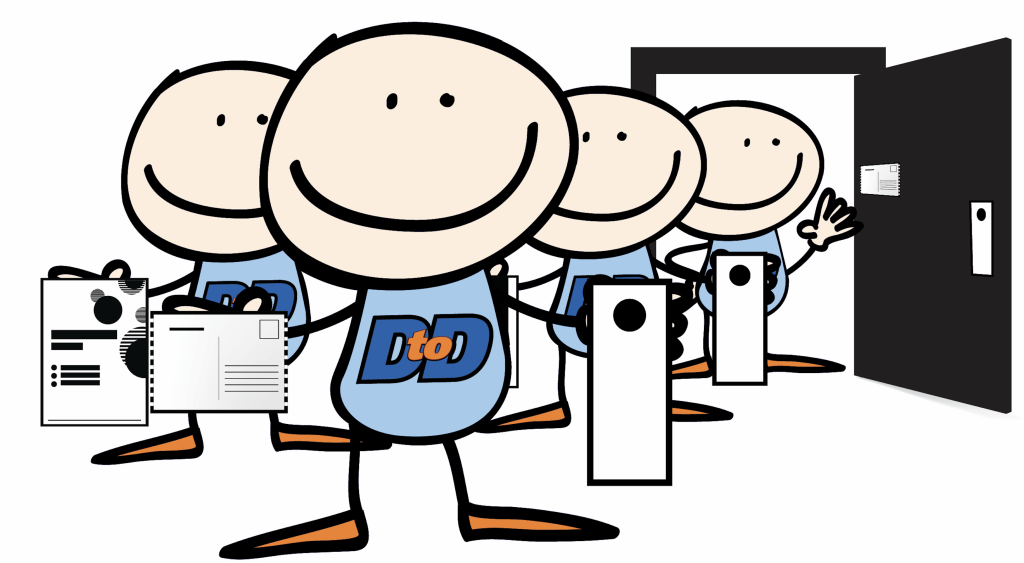
Understanding the Purpose of Your Flyer Campaign
Before diving into the design and distribution of your flyer, it’s essential to define the purpose of your campaign. What are you hoping to achieve? Are you looking to increase brand awareness, generate leads, promote a specific event, or drive foot traffic to a physical location? Clearly outlining your goals will serve as the foundation for every decision you make throughout the campaign.
Equally important is identifying your target audience and understanding their specific needs or pain points. For instance, if you’re promoting a fitness class, your audience might be individuals looking to improve their health or lose weight. Knowing this allows you to tailor your messaging to resonate with their motivations.
A clear purpose ensures your campaign remains focused and effective. Without a defined goal, your flyer risks becoming a generic piece of marketing that fails to connect with its audience. By starting with a strong purpose, you can create a flyer that not only grabs attention but also drives the desired action.
Researching and Defining Your Target Audience
To create a flyer that resonates, you need to know exactly who you’re speaking to. Start by identifying your ideal audience through demographic factors such as age, gender, income level, and location. Psychographics, which include interests, values, and lifestyle choices, can provide even deeper insights. For example, a luxury spa might target affluent professionals who value self-care and relaxation.
Audience segmentation is a powerful tool for personalized messaging. By dividing your audience into smaller, more specific groups, you can craft messages that speak directly to their unique needs. For instance, a restaurant might create one flyer for families highlighting kid-friendly meals and another for young professionals showcasing happy hour specials.
Gathering insights doesn’t have to be complicated. Surveys, social media analytics, and market research reports are excellent starting points. Tools like Google Analytics can also help you understand your audience’s online behavior, which can inform your offline flyer strategy. The more you know about your audience, the more effectively you can tailor your campaign to meet their needs.
Crafting a Compelling Message
Your flyer’s message is its heart and soul. Start with a headline that grabs attention immediately. A strong headline is clear, concise, and benefit-driven. For example, “Lose 10 Pounds in 30 Days!” is far more compelling than “Join Our Gym.”
The body of your flyer should focus on the benefits your audience will gain, not just the features of your product or service. Instead of saying, “We offer 24/7 customer support,” frame it as, “Get help whenever you need it, day or night.” This approach makes your message more relatable and engaging.
A strong call-to-action (CTA) is non-negotiable. Whether it’s “Call Now,” “Visit Our Website,” or “Claim Your Free Trial,” your CTA should be clear, actionable, and easy to follow. Use urgency or exclusivity to drive engagement, such as “Limited Time Offer” or “Only 10 Spots Left!”
Designing an Eye-Catching Flyer
Design plays a crucial role in capturing attention and conveying your message effectively. Start with a clean, organized layout that guides the reader’s eye naturally from the headline to the CTA. Avoid clutter, as it can overwhelm the reader and dilute your message.
Color schemes and typography should align with your brand identity while also appealing to your target audience. For example, a children’s toy store might use bright, playful colors and fun fonts, while a law firm would benefit from a more professional and subdued palette.
Visuals, such as high-quality images and graphics, can significantly enhance your flyer’s appeal. A picture is worth a thousand words, so choose visuals that support your message and evoke the desired emotion. For instance, a bakery might feature mouthwatering photos of its best-selling pastries.
Consistency in design elements, such as logos, fonts, and colors, reinforces brand recognition. When your flyer aligns with your overall branding, it becomes instantly recognizable and builds trust with your audience.
Choosing the Right Distribution Channels
Even the most well-designed flyer won’t succeed if it doesn’t reach the right audience. Consider the various distribution methods available, such as direct mail, in-person handouts, or digital flyers shared via email or social media. Each method has its strengths and should be chosen based on your target audience’s preferences.
For example, direct mail might be ideal for reaching homeowners in a specific neighborhood, while in-person handouts work well at events or high-traffic areas. Digital flyers, on the other hand, can be easily shared and tracked, making them a great option for tech-savvy audiences.
Leverage local events, partnerships, and community boards to maximize your reach. For instance, a local coffee shop could distribute flyers at a nearby farmers’ market or partner with a yoga studio to cross-promote services. Aligning your distribution strategy with your audience’s habits ensures your flyer lands in the right hands.
Timing Your Campaign for Maximum Impact
Timing can make or break your flyer campaign. To determine the best timing, consider your campaign goals and your audience’s behavior patterns. For example, a back-to-school sale flyer should be distributed in late summer when parents are shopping for supplies.
Seasonal trends and event tie-ins can also influence timing. A florist might launch a flyer campaign in the weeks leading up to Valentine’s Day, while a tax preparation service would benefit from targeting the months before the tax filing deadline.
Timing isn’t just about the calendar; it’s also about the time of day. If you’re distributing flyers in person, consider when your audience is most likely to be present. For example, handing out flyers for a lunch special near office buildings is most effective during late morning hours.
Measuring the Success of Your Flyer Campaign
To gauge the effectiveness of your flyer campaign, track key performance indicators (KPIs) such as response rate, return on investment (ROI), and conversions. For example, if you distributed 1,000 flyers and received 50 inquiries, your response rate is 5%.
Tools like unique promo codes, QR codes, or personalized URLs can help you track performance. For instance, a flyer with a QR code leading to a landing page allows you to measure how many people visited the page as a direct result of the flyer.
Analyzing your results is crucial for making data-driven improvements. If your campaign didn’t perform as expected, identify what went wrong. Was the message unclear? Was the design unappealing? Use these insights to refine your approach for future campaigns.
Common Mistakes to Avoid in Flyer Campaigns
Even the best intentions can lead to mistakes. One common pitfall is unclear messaging. If your flyer doesn’t communicate its purpose quickly and effectively, it’s unlikely to succeed. Similarly, poor design can make your flyer look unprofessional and fail to capture attention.
Another mistake is failing to target your audience. A one-size-fits-all approach rarely works in marketing. Instead, tailor your flyer to the specific needs and preferences of your audience segments.
Testing and iterating are essential for continuous improvement. Don’t assume your first attempt will be perfect. Test different headlines, designs, and CTAs to see what resonates most with your audience.
Leveraging Digital Tools to Enhance Your Flyer Campaign
Incorporating digital tools can take your flyer campaign to the next level. QR codes, for example, allow users to access additional information or offers with a simple scan. Personalized URLs can direct recipients to a landing page tailored to their interests.
Combining physical flyers with digital marketing efforts creates a hybrid approach that maximizes reach. For instance, a flyer promoting a new app could include a QR code linking directly to the app store.
Successful hybrid campaigns often use social media to amplify their impact. Encourage recipients to share your flyer online or offer incentives for posting about your campaign. This not only increases visibility but also engages your audience on multiple platforms.
Budgeting for Your Flyer Campaign
Budgeting is a critical aspect of planning your flyer campaign. Costs typically include design, printing, and distribution. While it’s tempting to cut corners, remember that quality matters. A poorly designed or printed flyer can harm your brand’s reputation.
To maximize impact on a limited budget, consider options like bulk printing discounts or designing the flyer in-house using free tools like Canva. However, don’t sacrifice quality for cost. A well-executed flyer is an investment that can yield significant returns.
Balancing quality and cost-effectiveness ensures your campaign delivers results without breaking the bank. Allocate your budget wisely, focusing on the elements that will have the greatest impact on your audience.
www.doorhangerswork.com


